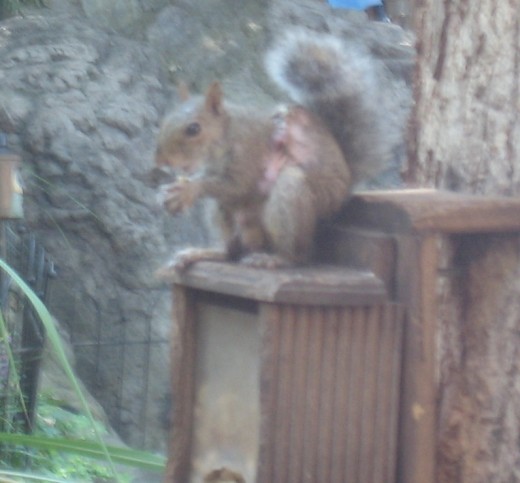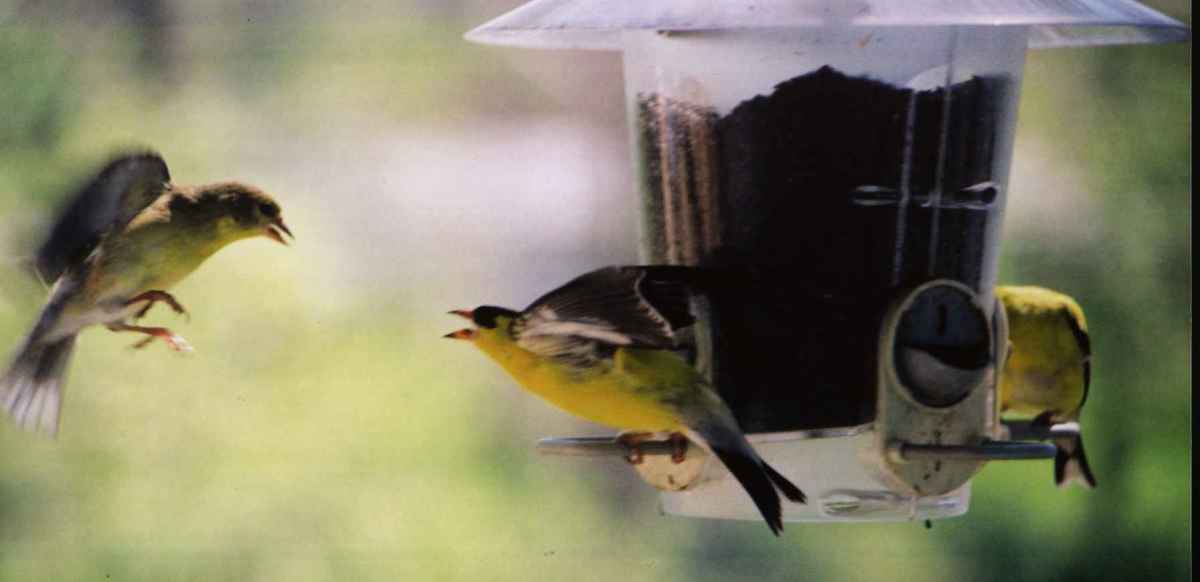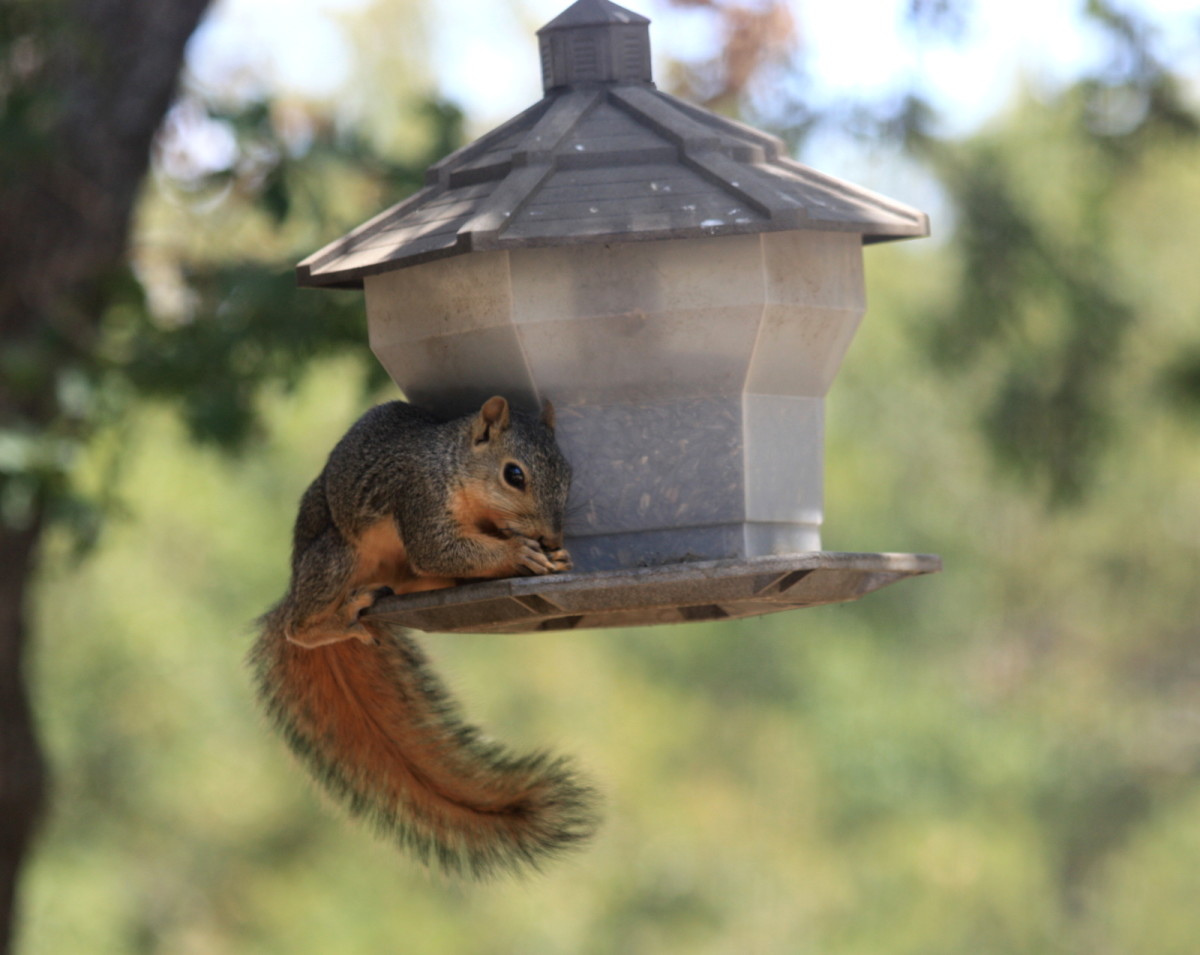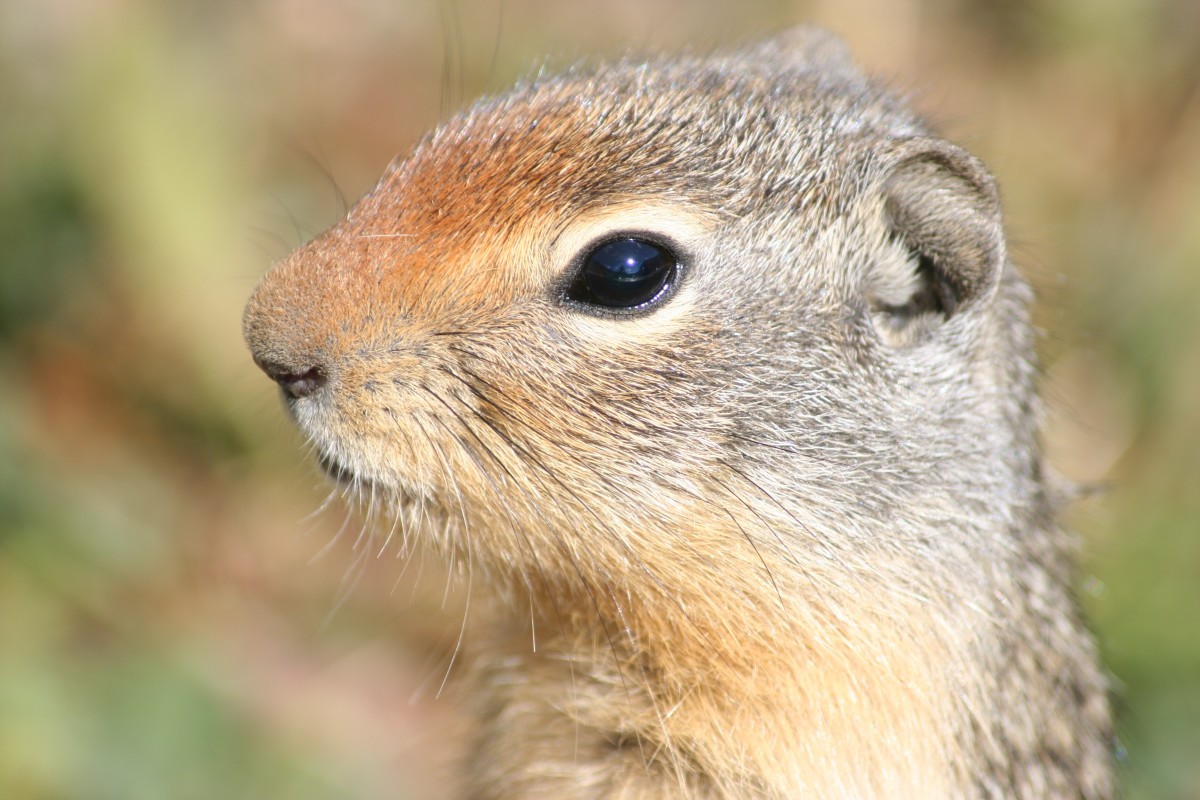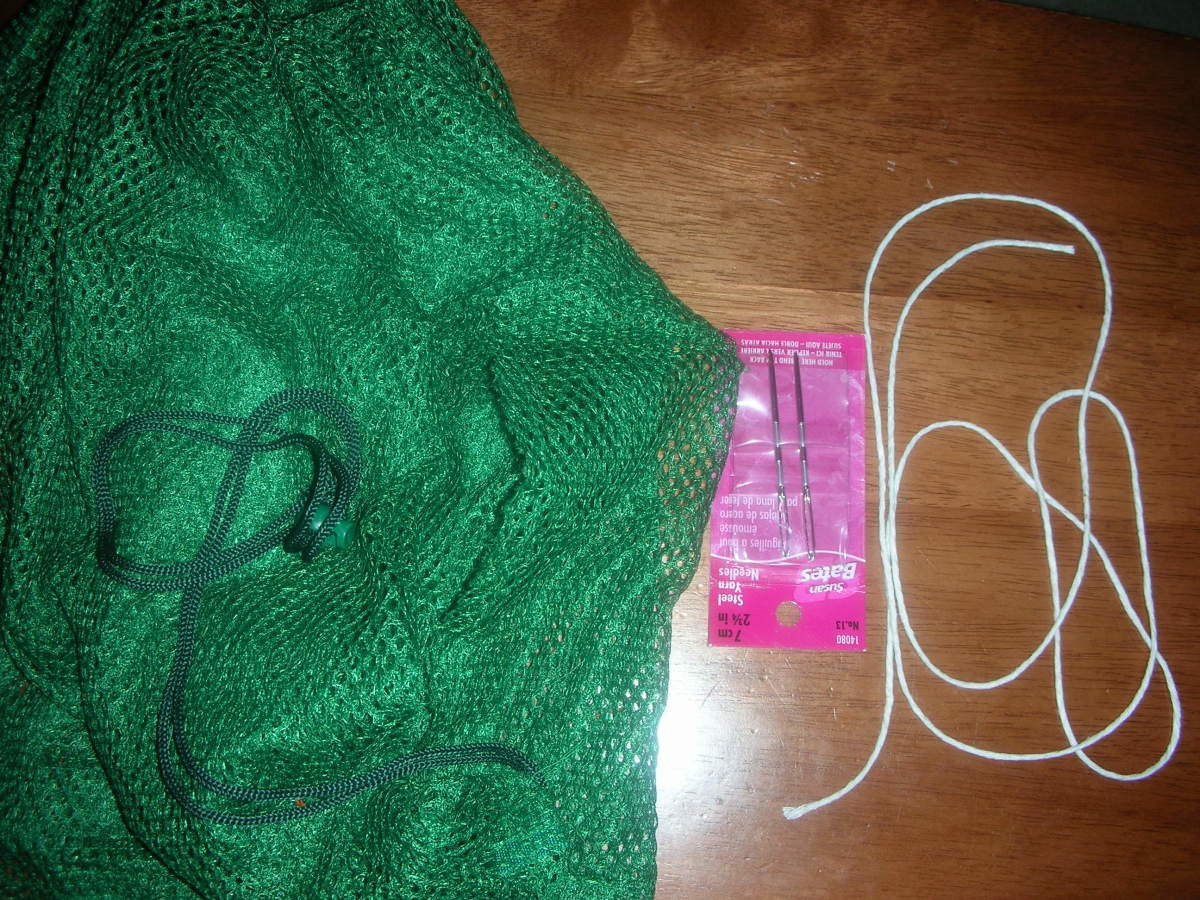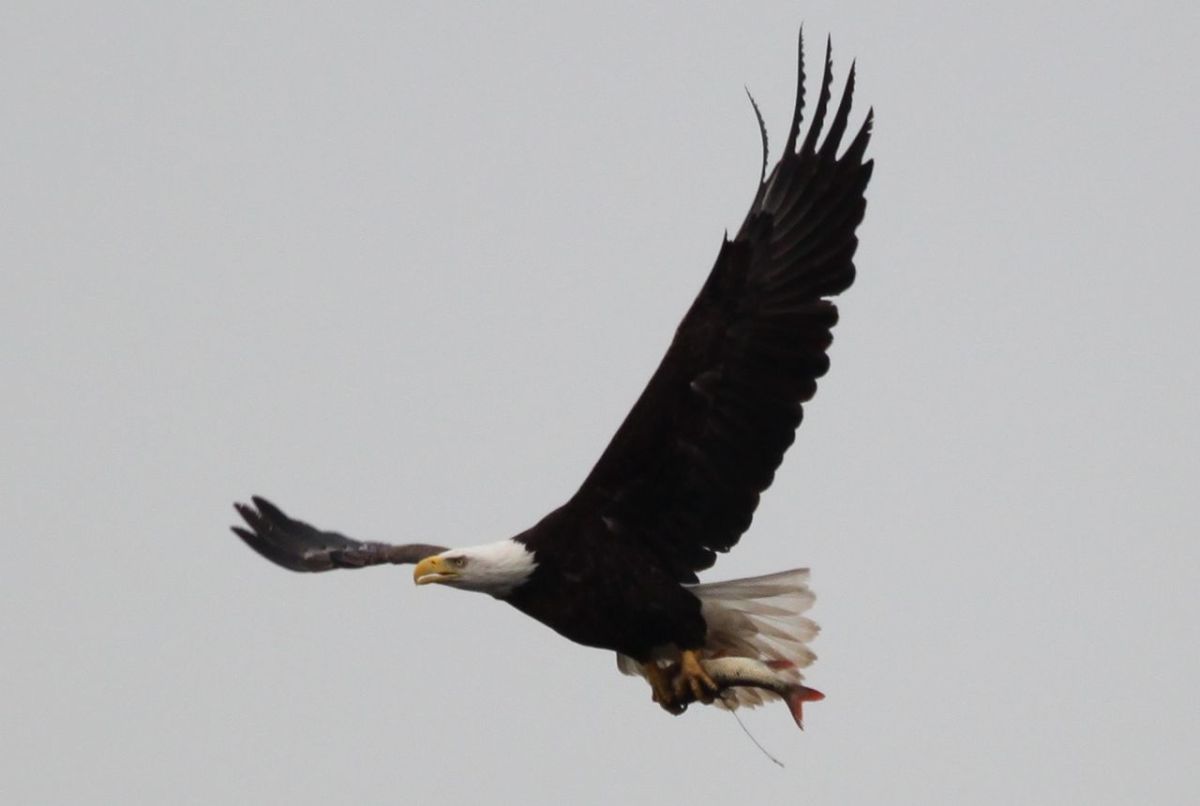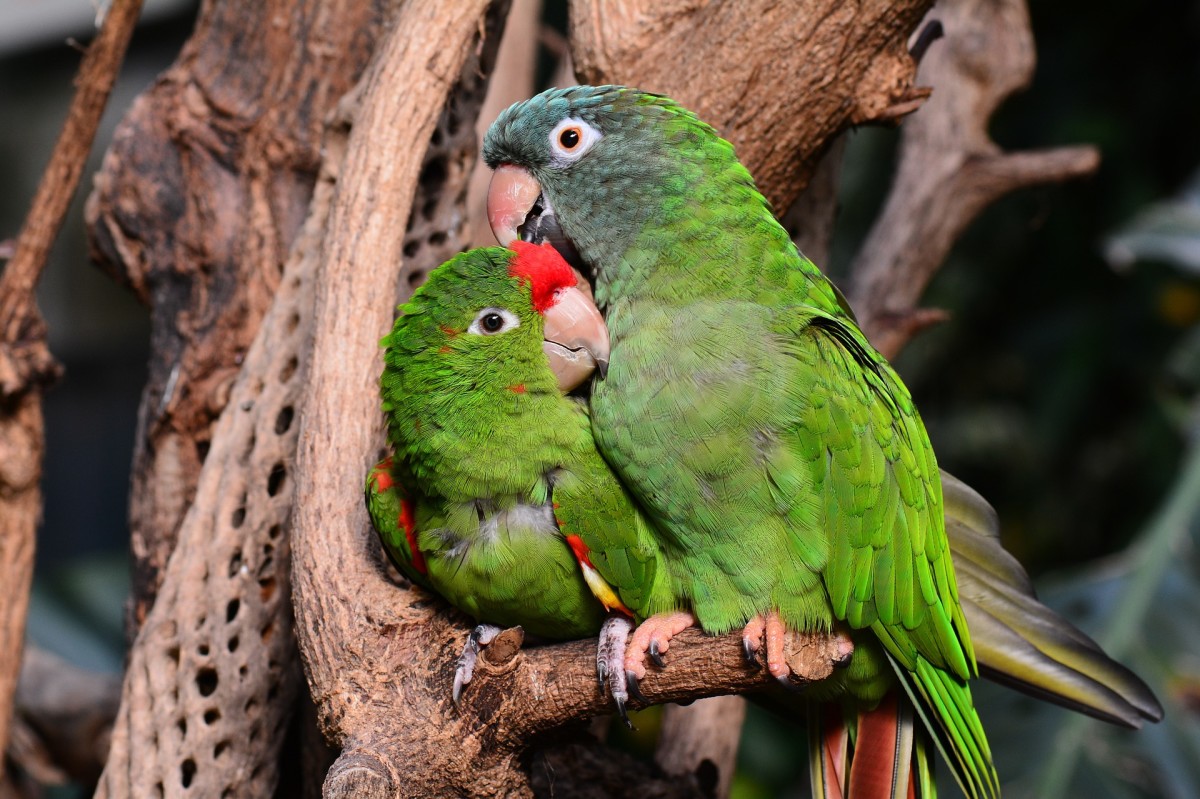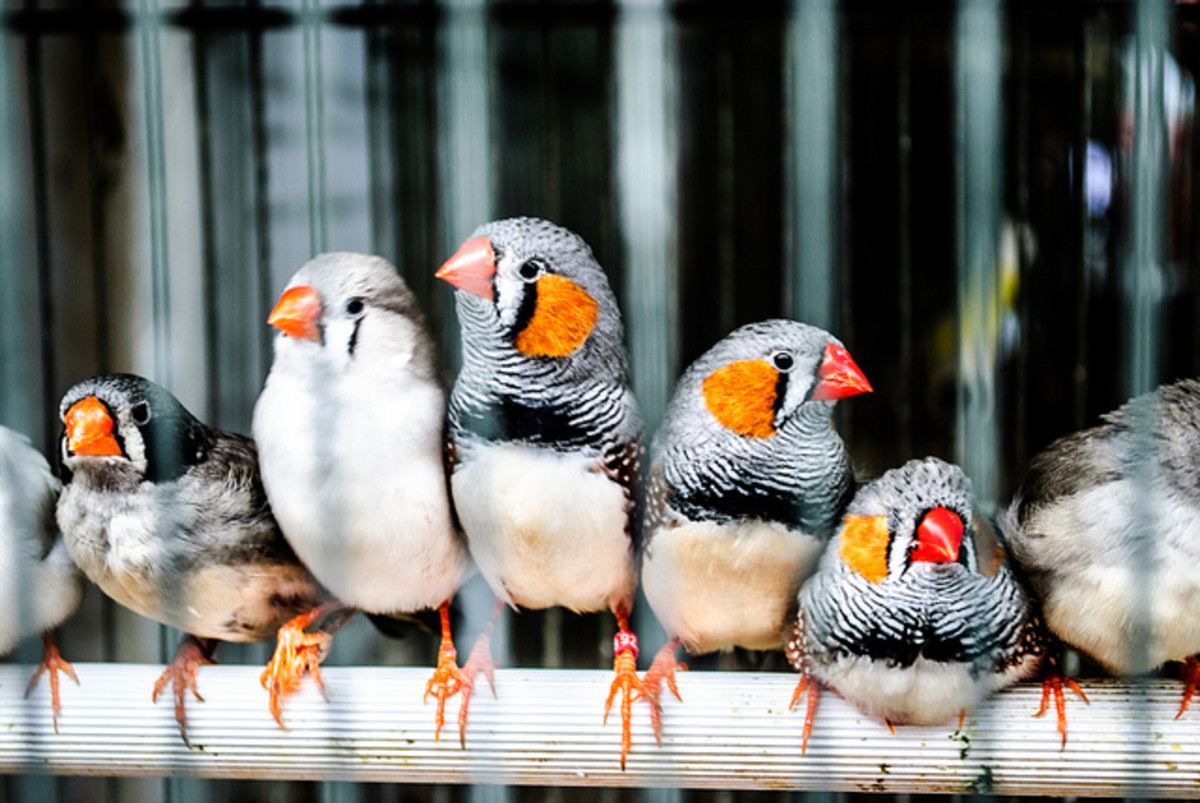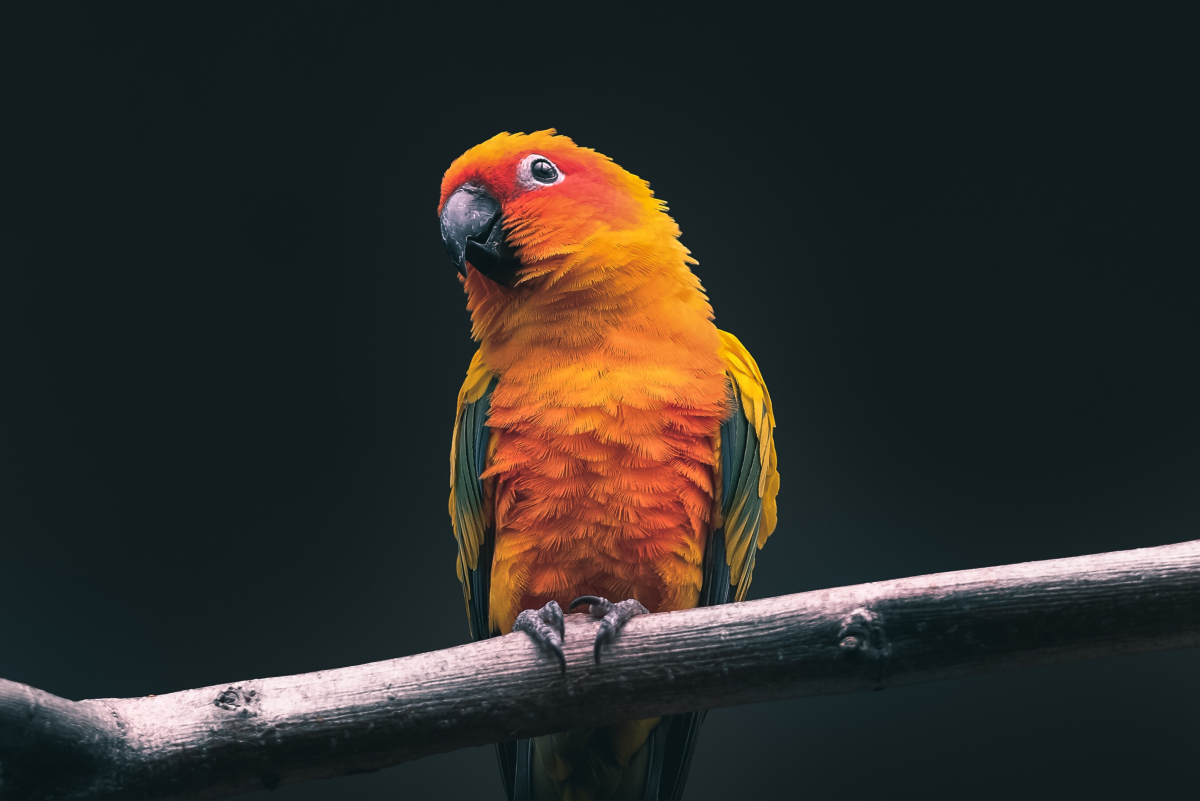Predators at the Feeder
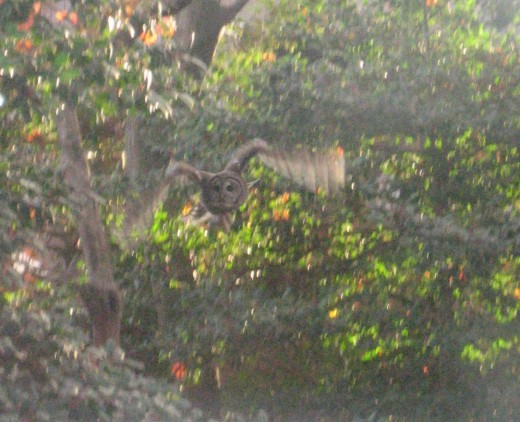
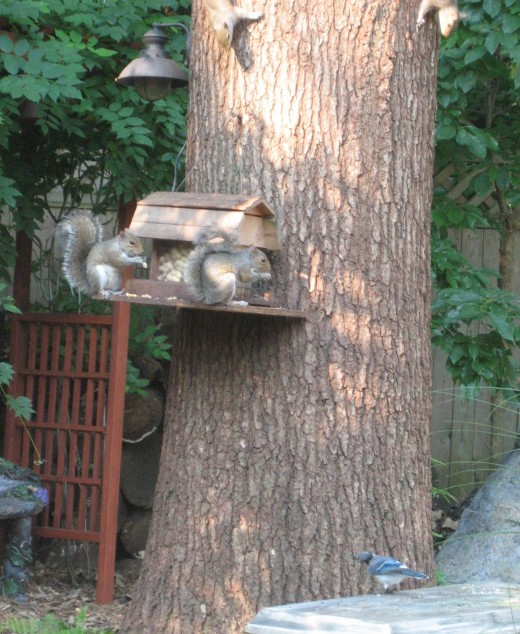
Predatory animals than can threaten your regular backyard feeder customers
A backyard feeder will bring squirrels, birds, and other cute critters to your backyard, providing entertainment watching them interact. But, a regular gathering place for "food" animals, will also bring unwanted predators to your yard looking to partake of your "free lunch" in a slightly different way than your typical feeder visitors.
Here are some of the predatory animals than can threaten your regular backyard feeder customers.
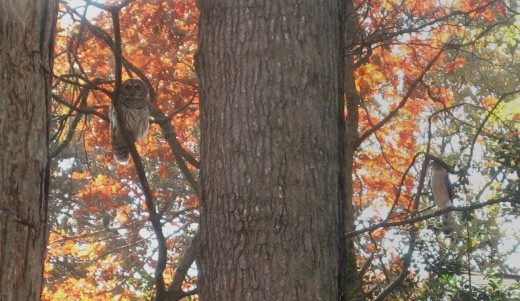
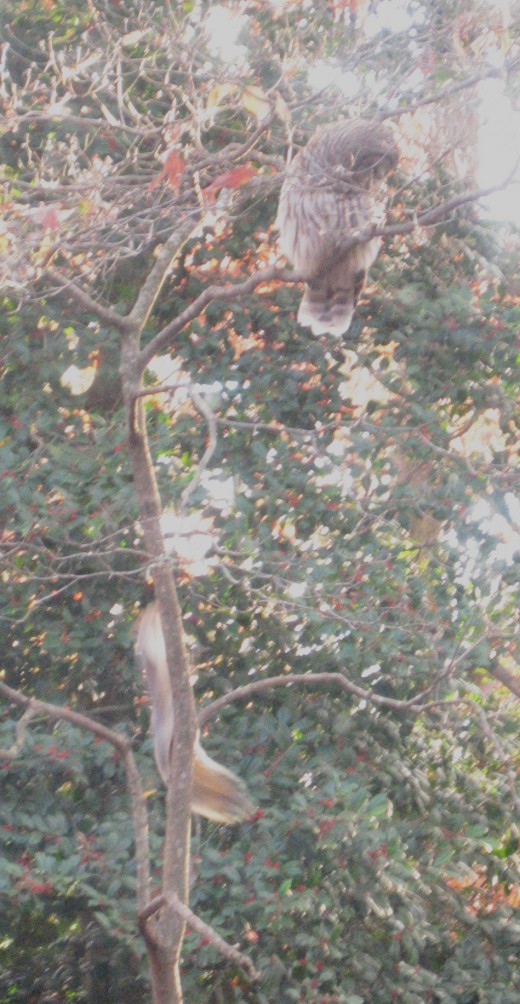
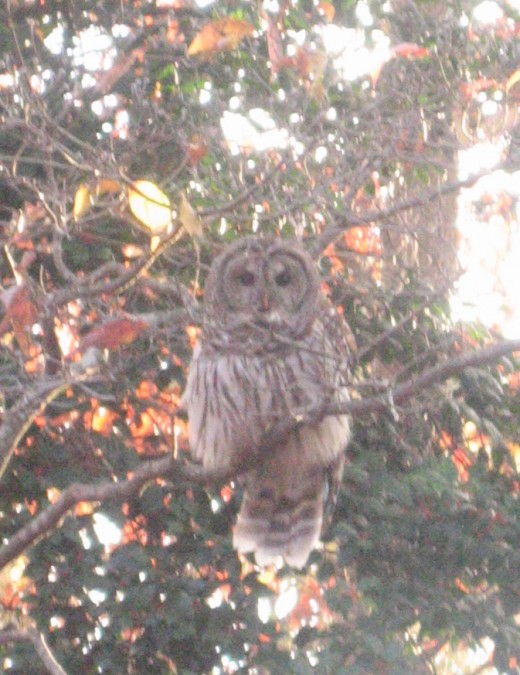
Flying Predators
Owls and hawks are two common flying predators. Each has its own preference for food, and the potential targets seem to know which are a threat to them and which are not. But that doesn't always mean they escape. Technically, crows are omnivores and do eat squirrels, etc., but don't really hunt; they only come for the seed, eating road kill carrion to satisfy their protein needs. (And there's no shortage of that around.)
This particular owl was not interested in the squirrels at all, and the squirrels went about their business as usual, even climbing on the tree next to the owl as she perched waiting for her intended prey. Her real target was the rat colony that moved into the yard - and I was okay with her eating them.
I know rats are just little rodents, the same as squirrels and chipmunks. And, I wouldn't mind them living in the yard, eating from the feeders. Actually, they keep the area around the feeders nice and clean, eating the detritus left by the other "eaters". But, they aren't happy in their burrow out in the yard; they have to move in on my territory (no respect!). One year they turned my $3000 pool cover into nesting material. I was NOT pleased. So, I typically discourage the rats from moving in.
The signs the rats have come are first the chipmunks move out. Then the feeder area becomes very clean. Then you can occasionally spot one running around. The squirrels are not intimidated, and, in fact, are higher on the "pecking order", chasing the rats away from the feeders when the squirrels are eating. The last sign, the sign the rats have started to breed, is the arrival of predators "en masse" rather than an isolated occasional visit. Apparently, rats are a preferred food, and I'm okay with that.
Unable to risk poisoning the rats for fear of poisoning - well, everyone, I usually just smoke them out of their burrow and close up the entrances. Leaves them easier prey for the predators and/or encourages them to "nest" elsewhere. Sometimes it takes a couple applications; the rats can be persistent in wanting to stay.
The hawk got the big adult rat on his first try. Strong and fast, I woke up one morning and the first time I spotted the hawk, he already had his prey - and was eating in the yard. At least he took the "leftovers" with him.
The owl was a different story. She seemed to have much more trouble catching dinner. She sat out in the yard for three days, watching. Twice she actually had her claws on her target and he escaped. Hiding under the deck, since I closed off his holes, the two stalemated. Finally, I instituted a "sudden death" playoff by flushing the rat from under the deck with the hose. The owl took her meal "to go" and hasn't been back since - nor have any rats (yea!).
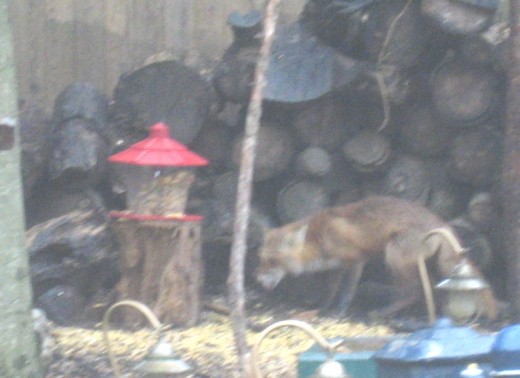
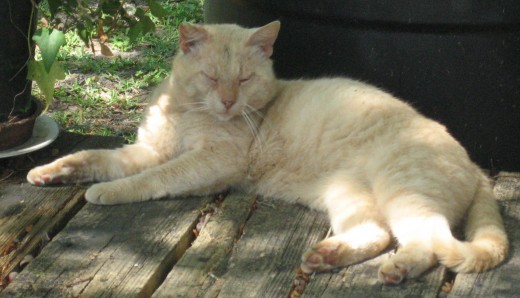

Predators Afoot
The fox can be predatory, but seems to only show for the leftovers I put out. He doesn't seem to be interested in other critters. Of course, he usually comes after dark, and most of the other animals are safely tucked in bed. The raccoons are also nocturnal, but I have seen the fox and raccoons eating side by side, so likely no threat there. They are actually about the same size.
The really dangerous four-footed predators are the neighborhood pet cats. In spike of likely being well fed at home, they like to hunt for sport. Sometimes they take their kill home as a gift for their owners (would make me shrink from wanting to cuddle with the cat.) Frequently though, they just leave it behind. (Cue shovel and trash bag.)
I try to deter the cats from frequenting the yard, but I won't risk injury to anyone's pet. I'm a "dog person" myself, allergic to cats, but I respect the owner/pet relationship and have no wish to upset anyone with harsh treatment of their pet. So, typically my deterrent efforts are limited to "shooing" the cats out of the yard. The regulars have come to know me, and run when they hear the door open.
I don't dislike cats. In fact I rescued a "drop off" kitten. I think she was a house cat and belonged to a neighbor who had a stroke. I think her son, rather than deal with the cat, just let it go. Not much of a hunter, Phantom (I named her) was not equipped to live the life of a feral cat. First she was drawn to the yard for the food scraps I sometimes throw out - stale bread and such. I felt bad for her and put out dog kibble. She got braver and would sit on the back deck looking in the window. I know she wanted to be a house cat again, but didn't think it would work with my dogs. It was November already, and getting cold, so I advertised with my friends, neighbors, and coworkers and found someone to adopt her. (She renamed the cat Precious.)
My dogs might would like to be a danger, but I don't let my dogs hunt the "yard pets". They do bark and sometimes give chase, though.
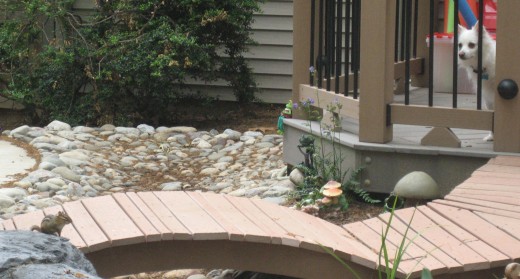
Surviving an Attack
Survivor, as I nicknamed him, came to the yard after a serious "close encounter" with a predator - don't know what. The first time I saw him after the attack, I didn't think he'd survive. Blood soaked, he had fur and flesh hanging and appeared to be "stripped" from neck to waist. He wouldn't let me get close, but I put out food and water near the woodpile where he crawled for protection. I didn't see him again and thought he died, but kept putting out food and water for days. After not seeing him for a week or so, I stopped the special delivery meals. Shortly thereafter, he appeared at the feeder. This picture is about three weeks after the attack.
He was starting to heal - flesh and fur from other areas of his body growing to cover then wounds. I could still see deep puncture wounds scabbed over - marks of claws or teeth. Today Survivor is fully recovered and its hard to pick him out of the crowd at a distance. But up close, he looks like he's wearing a little brown waistcoat that's too small for him. The skin and fur covered the wound, but it looks like there was some muscle loss. And the skin and fur that recovered the area was a different color - so there's a sharp line color change at the margins of the wounded area.
Still, he seems to climb and whatever as well as any of the others, so I guess he beat the odds.
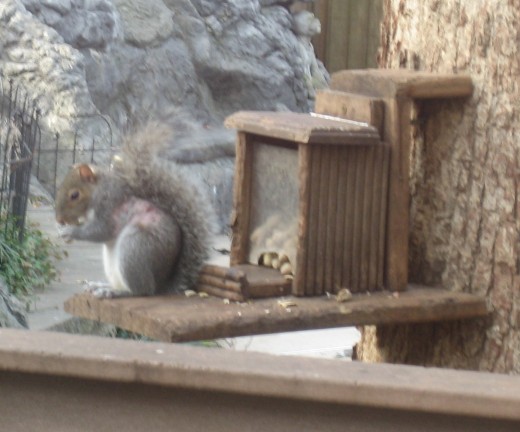
Another Survivor
